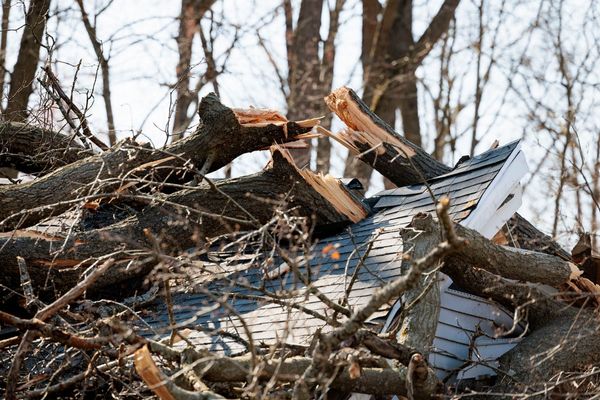
The public charging experience in the U.S. is, to be frank, not great. Electrify America, one of the country's largest fast-charging networks, is taking aim at one major sticking point through a new pilot program.
On Monday, Electrify America announced a "Congestion Reduction Pilot," aimed at reducing long lines at some of its most trafficked locations. The fix: Boot electric-vehicle drivers from the station once they've reached an 85% state of charge.
Get Fully Charged
EV charging in the U.S. needs work
Concerns about where to plug in and how long it takes are some of the biggest barriers to greater uptake of EVs. But more stations are being built, Superchargers are opening up to more brands and other charging networks are making efforts to smooth the charging process.
The pilot program will start in early July at 10 Electrify America locations throughout California, according to a rundown of the pilot that the network posted online. Since the state has greater EV adoption than any other, it stands to reason that it's home to some of the most clogged charging stations too.
EV charging tends to slow down considerably once a vehicle reaches somewhere around an 80% state of charge. That's just a basic fact of how current battery technology works. Even the fastest-charging EVs will see their charging rate, denoted in kilowatts, drop as their battery packs fill up. So a desire to charge that extra 15% or 20% could occupy an in-demand stall for a full 30 minutes or an hour. That's time that someone else could've used to get from 10% to 80% and get back on the road.
That's not just a hypothetical; EV owners report these kinds of scenarios happening on a regular basis. It's not all that uncommon to find some EV slowly charging at 97% with no owner in sight.
Lines at charging stations can be a problem too, particularly in areas where many EV drivers are served by too few locations. Holiday weekends when tons of people road-trip all at once also tend to clog stations up.
So, how will this work in practice? Electrify America has a long list of frequently asked questions posted online. But the basics are as follows. Once your car reaches an 85% charge, the charging session will end and you'll have 10 minutes to move your car before you start to rack up idle fees.
Unplugging and plugging back in won't work, since the stations in question will be programmed not to initiate a charging session if an EV is already at 85% or higher, Electrify America says. And no, the rules won't change during low-utilization hours like overnight. Even if there's nobody else charging or waiting, the stations included in the pilot won't let you charge to 100%.
Electrify America will review customer feedback and decide whether to expand the 85% charging cap to more of its network, which includes some 950 stations in North America.

Thanks to the power of the internet, customer feedback is already rolling in. Online, some praised the plan as a way to speed up often sluggish charging stops. Others expressed concern. "What if I need to charge to 100 to reach my destination?," one X user replied to Electrify America's announcement.
"I’m in favor of this, but what happens with Bolt owners who can’t make it to a destination with 85%," another said. Older Chevrolet Bolts offer a government-rated 238 miles of range, less than some more modern offerings.
If you don't have a garage and depend on public charging stations, the idea of an 85% cap gaining popularity probably sounds awful. The same goes if you bought an EV, like the Volkswagen ID.4, that comes with free charging credits with Electrify America. Or if you own a low-range EV that needs a 100% charge to travel any significant distance.
On the other hand, if you frequently find yourself queuing up to charge, maybe you're jumping for joy. If you own a Tesla and rarely have to venture outside the Supercharger network, you may not care either way.
Let us know what you think in the comments. Is Electrify America on the right track here?
Contact the author: tim.levin@insideevs.com







